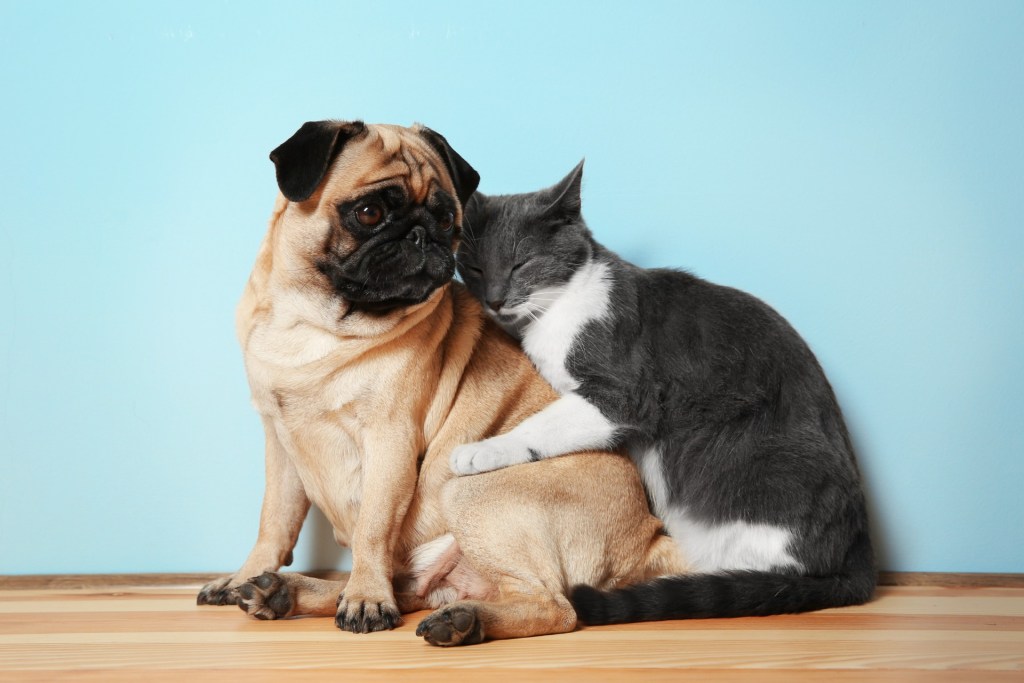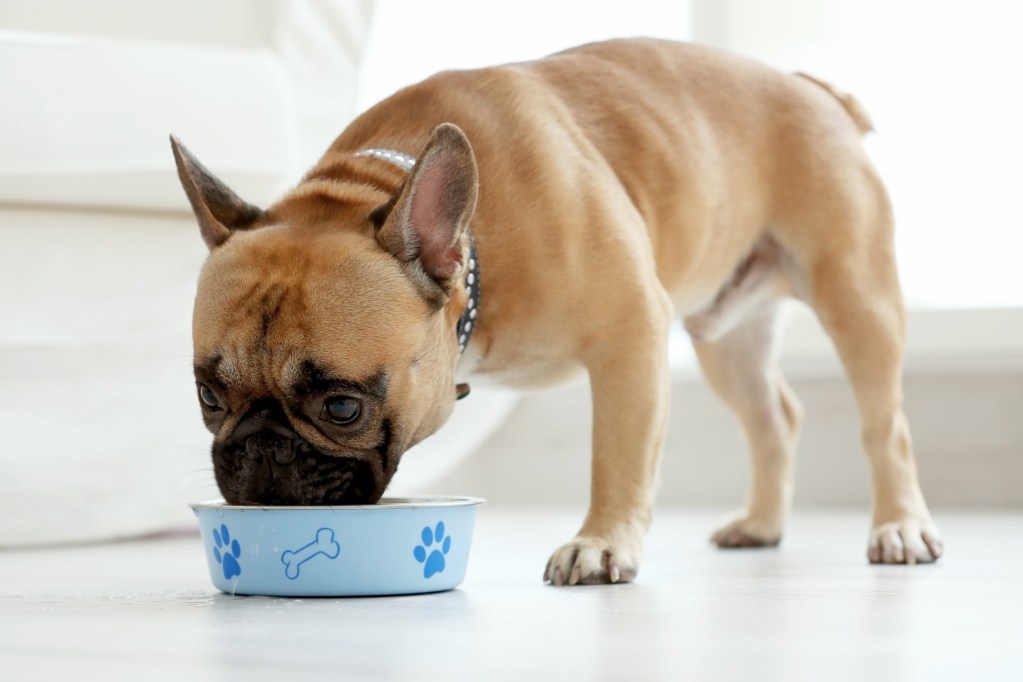Just like other pet parents, you are becoming more educated about the amazing benefits of a raw diet for their pets. In the same vein, pet-food brands are finding new solutions to delivering nutritious pet food. With technology improvement in recent times, raw pet foods are available not just in the freezer but also as dehydrated and freeze-dried foods. Now, you want to find out which is the best dog food for your Fido.
You will learn about freeze-dried as well as dehydrated foods, the pros and cons of feeding your dog both types of foods, and even rehydration of the foods.

Freeze-dried foods
The process of freeze-drying dog food involves the use of a vacuum chamber for the removal of the moisture from the raw, frozen ingredients by applying extreme pressure. The application of pressure ensures that harmful pathogens that may reside in the food are completely destroyed. Low heat is usually being used during cooking, which makes sure that the active enzymes and nutrients of the food are perfectly retained; the result is still considered a raw food. Food being cooked with high heat is more liable to have suffered damaged nutrients and enzymes. To maintain healthy digestion, freeze-dried food is often an excellent means to ensure nutrition in a pet’s meal.
Freeze-drying is sometimes considered to be an expensive process, but it guarantees an effective means of retaining the nutritional benefits of raw food in a shelf-stable and convenient product. Remember, freeze-dried foods are first frozen before the removal of moisture with low heat and sealed. The natural taste of the food remains intact, thereby making some of the food ready to eat in just a few minutes.
Dehydrated foods
The process of dehydrating food involves the application of heat to the food. It removes moisture in the food, albeit through blowing warm or hot air all around it. Due to the applied heat, the food is basically cooked. Thus, dehydrated food is not raw. Plus, dehydrated foods lose much of its nutrients due to the higher temperature of the cooking process. However, it is a good source of food for pets that have extreme immune deficiencies that inhibit their ability to digest raw food properly. So, dehydrated foods are less processed but offer a fully cooked diet. Dehydrated food is less processed and healthier than a kibble diet.
With respect to the process of removing moisture from dehydrated foods, the taste, texture, and nutrients in the food often change. Some minerals as well as vitamins break down during the process of dehydration and contribute to lesser nutrient levels.
Process of rehydrating both foods
Originally, the moisture content of dehydrated dog food is approximately 90-95% of extracted moisture. Meanwhile, freeze-drying dog food removes about 98-99% from it. To rehydrate freeze-dried dog food, it will take approximately two to three minutes, while rehydrating dehydrated dog food can often take five to 10 minutes depending on the size of food chunks.
Pros of dehydrated or freeze-dried dog food
Considering your adorable dog, understanding the benefits of both dehydrated dog food and freeze-dried dog food will help in choosing the best:
Convenience: Both freeze-dried and dehydrated dog food are easy to feed — you just need to add water and wait. They are great for packing when you are traveling with your dog.
Lightweight and Less space consumption: Both of these foods are better than kibble, since they are lightweight and are easy to store.
Longer shelf life: These foods can last for about a year (as displayed on the container). However, once they are rehydrated, they should be served promptly, and the leftovers should be refrigerated.
Nutritious: Both food types are nutritious compared to kibble. Freeze-dried dog food is the most nutritious among the three. However, you should read the nutritional analysis on the container just to be sure.
Not as messy to feed as raw: This is an advantage of both dog food types over the raw dog food. Badly cooked raw food can poison your dog if not cooked properly. To save yourself from this stress, freeze-dried or dehydrated dog food is the better option.
Cons of freeze-dried and dehydrated dog food
Dehydrated dog food is usually less expensive than freeze-dried dog food. However, both are more expensive than kibble.
Some dogs are accustomed to the crunch or texture of kibble and may not like dehydrated or freeze-dried food due to the altered texture.
In the same vein, the taste of the dehydrated dog food is more altered than its freeze-dried counterpart. Even for freeze-dried dog food, the taste is not always natural.
Rehydration time is another thing to consider. The time for rehydrating both dog-food types take longer to prepare and serve. This means that you need to plan ahead if you are feeding your beloved pooch.

Choosing the best dog food is up to you, but we tend toward freeze-dried dog food when considering the taste, texture, and nutritional value of the food for your dog.
Editors' Recommendations
- The Best Dry Dog Food of 2023 for a Balanced Diet
- Xylitol is dangerous for dogs: 10 surprising products that contain it as a hidden ingredient
- Are Starbucks Puppuccinos bad for dogs? Here’s what veterinarians have to say
- Why is my puppy not eating? Find out why and how to help them thrive
- Does your dog drink a lot of water? Here’s when you should be concerned



